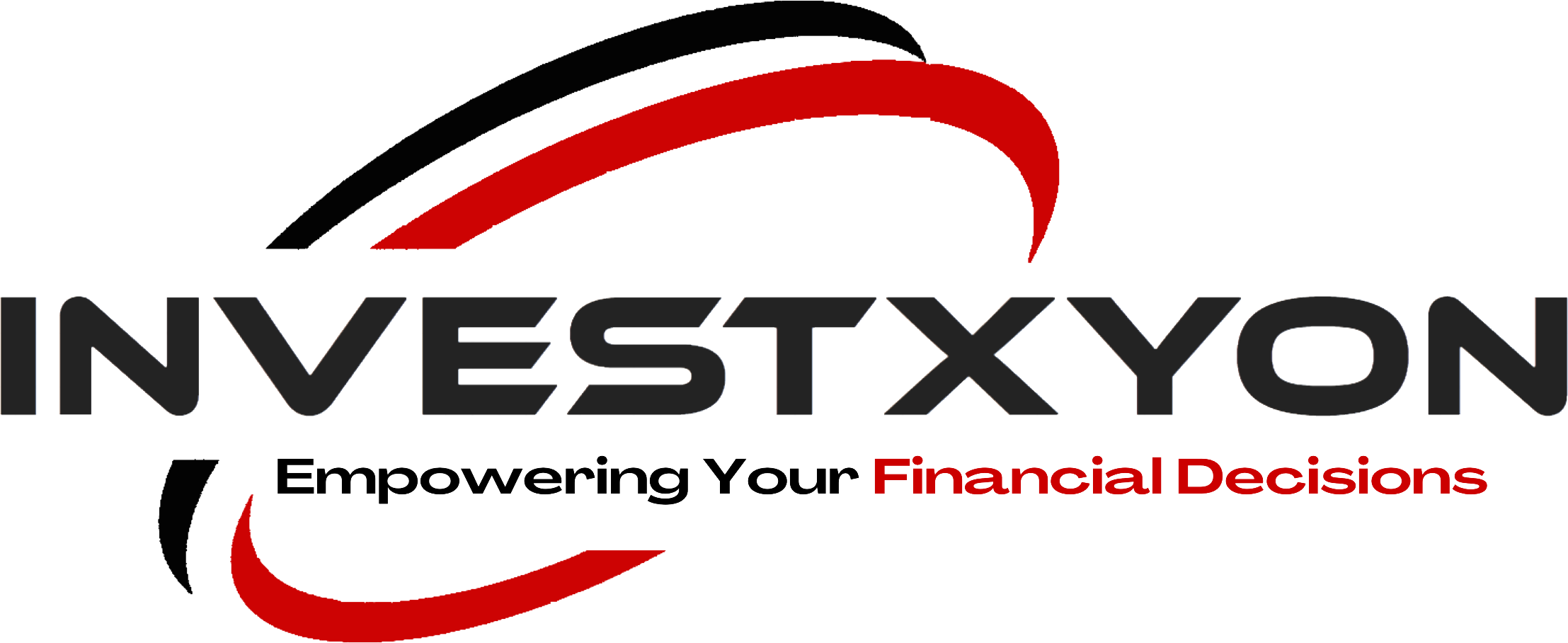It’s my favorite time of the year. NFL regular season is over! It’s not that I hate the NFL. I love seeing economic principles in action. Many players have incentives in their contracts if they achieve certain statistics during the season. For example, Chicago Bears kicker Cairo Santos earned $500,000 for shooting over 90 percent from the field for the season. Denver Bronco wide receiver Courtland Sutton scored 10 touchdowns during the season and earned $100,000.
Every year, as the final weekend approaches, people keep track of who is close to signing incentives.And every year after the final weekend of the season, ESPN article Detail who incentivizes and who fails. Players and coaches demonstrate these economic principles every year without fail: Incentives are important. Indeed, incentives shape individual behavior. Incentives change the relative prices of different actions.
Kansas City Chiefs played a great game storyline It juxtaposes two players. Entering the final game of the season, the Chiefs had already clinched a playoff spot. This game meant nothing to the postseason. So many key players didn’t play. But many were surprised when tight end Travis Kelce decided not to play, even though he was only 16 yards away from reaching 1,000 yards on the season. Not playing would mark the first season since 2015 in which he did not reach the 1,000-yard mark.Defensive lineman Chris Jones has become even more mysterious. did Choose to play to win his 10th seasonal bags. But for those unaware of the behind-the-scenes contracts of the two players, it was truly puzzling. There was no financial incentive for Kelce to reach 1,000 yards. Jones, on the other hand, will receive a $1.25 million bonus if he reaches 10 sacks in a season. The cost of choosing to play or not to play was very different for the two players.
Other examples of incentives influencing behavior include Detroit’s Jared Goff and receiver Josh Reynolds. Goff acknowledged that Reynolds knew he was 10 yards short of a $250,000 bonus. So on the final possession of the fourth quarter, Goff threw four straight to Reynolds to help ensure they got there. Ryan Tannehill wanted his receiver to make his 75 catches and his 1,050 yards to earn a $500,000 bonus. Tannehill is a free agent at the end of the season, so he admitted he was willing to disagree with play calls that were against the receivers in order to get a bonus. Tannehill didn’t have to run wild in the end, but the cost of not following a coach’s play calls when you know he’s a free agent is far greater than if he was still under contract with a team. It was also proven that the
Incentives influence decision-making, so it’s important that those incentives align with the goals the organization is trying to achieve. You don’t want your players to only pursue statistics if it doesn’t help the team achieve the larger goal of winning. You want to structure contracts so that players have individual incentives to adjust their actions to the team’s goals. Many players have an incentive to make the playoffs. This allows players to focus on ensuring their team achieves its goals.
This principle applies to everything in life. Individuals respond to incentives. Incentives affect the relative costs of different actions and can influence what decisions individuals make.
Amy Crockett is a doctoral candidate in the Department of Economics at George Mason University and a graduate fellow in the F.A. Hayek Program at the Mercatus Center.




